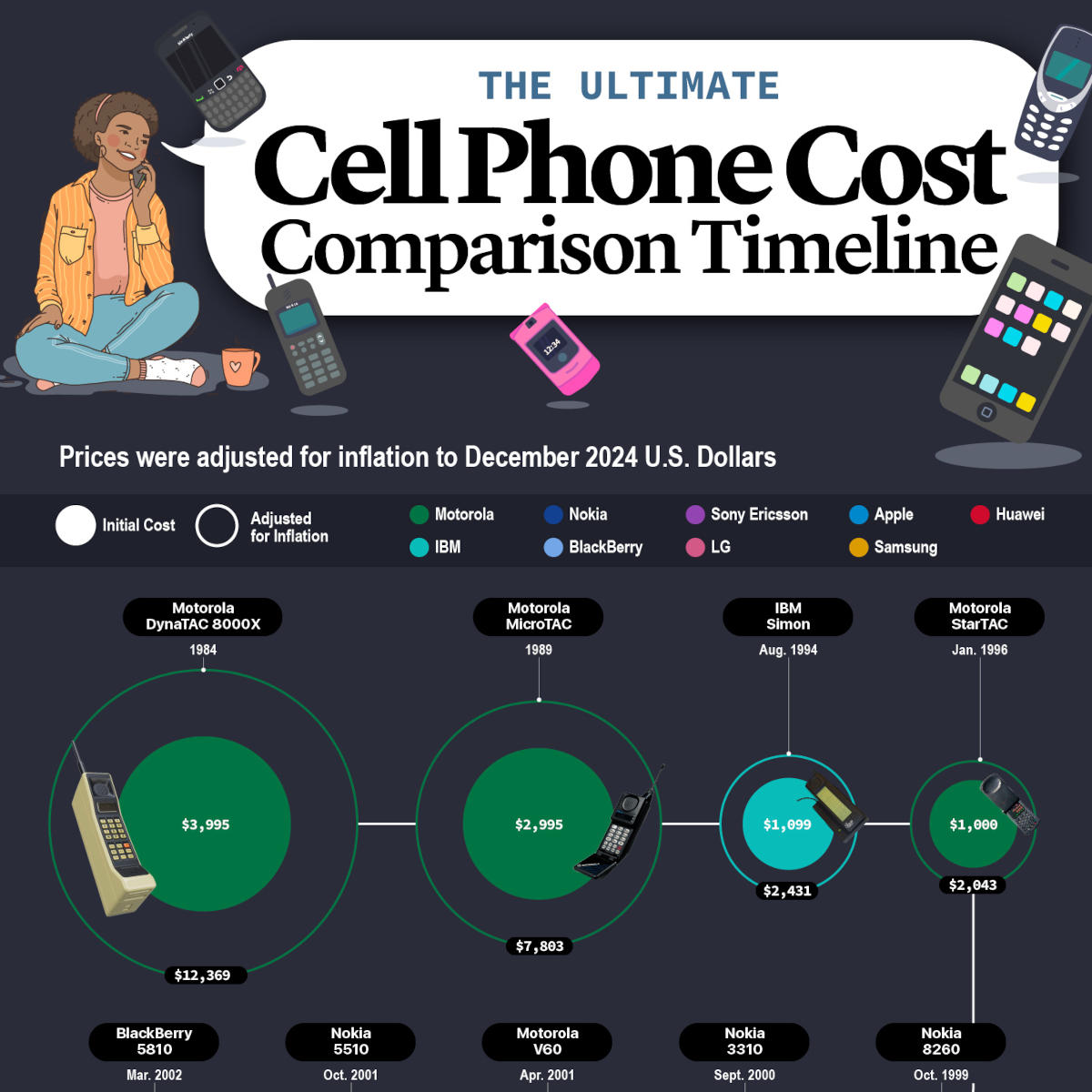What if Santa went virtual?

Whether he’s called Santa Claus, Father Christmas or Kris Kringle, the jolly fellow in the red suit has his work cut out for him on Christmas Eve. Of course, the rest of his year is filled with reading letters, naughty and nice assessments, handcrafting million of toys, taking care of reindeer, sleigh maintenance and managing quite a few elves. All that prep work culminates in a round of lightning-quick deliveries.
Considering the complexities of his massive responsibilities, we started wondering what it would look like if Santa used today’s technology to manage his workload. Perhaps there are streamlining opportunities or other benefits that could help Santa be more efficient and spend some more time chomping on cookies with Mrs. Claus. Of course, we don’t want to downsize his elvish workforce, especially during the holidays, and we’re not even sure if Santa would be interested in lean production and operations. He’s kinda been doing this for a while, so he might know better. But who can say? He may be open to working out some old kinks with new technology to better gift joy to the world.
Either way, let’s have some fun looking at the math and considering what could happen if Santa Claus went virtual.

Paste this Image on Your Site!
Simply copy and paste the code below and you can share this infographic on your site:
Letters to Santa and a help desk staffed by elves.
To understand the impact of virtual Santa, let’s first start by figuring out who his “customers” are. How many children hope for a gift from Santa each year?
A clever calculation from The Atlantic in 2011 estimated that there were roughly 526 million Christian children who could believe in Santa. When you consider population growth since 2011 and the fact that Santa is celebrated across many beliefs, this figure is likely an underestimate, but it’s a solid start.
Next, let’s consider the number of letters written to Santa each year. The Universal Postal Union calculated that across their 192 member countries around the world, about seven million letters to Santa are sent through local post offices each year. Presumably, Mom and Dad are grabbing some letters before they’re picked up by the postal worker, so the total number is likely even higher.
Even so, there’s an opportunity here as there are over 500 million children who aren’t sending physical letters. For them, it might be easier to call Santa. He has, of course, expanded his reach with a toll-free number. You can call Santa’s phone number, aka the Santa hotline, (605) 313-4000, or even text him a wish list at (833) 798-0109.
With a hotline and text line, Santa’s contact center would likely need a staff of around 30,000 elves, based on a customer service agent’s average rate of 50 calls per day. This team of elves would make Santa’s contact center—presumably located in North Pole, Alaska—one of the largest in the United States.
Santa’s customer service elves would also have the challenge of needing to be able to speak many languages. After all, Santa Claus also goes by Pere Noel, Babbo Natale, Santa-san, De Kerstman and many other names across different languages and cultures. However, it’s possible this isn’t an issue and elves are natural polyglots.
North Pole manufacturing and operations
With today’s modernized manufacturing, elves don’t need to toil away endlessly at the North Pole workshop crafting all those toys. Thanks to automation, elves could instead manage a digital workstation for a mostly hands-free manufacturing process. On average, automation saves companies 16 to 22 percent on labor costs. In some factories, 90 percent of humans have been replaced by robots and fully autonomous factories are closer than ever. We’re not entirely sure of the human-to-elf productivity ratio, but there should be some savings there.
In an automated North Pole toy factory, a manufacturing line with 12 robotic stations could make 7,200 toys per day. This is based on the build rate of the ToyMaker 3000 at the Museum of Science + Industry in Chicago, which produced 300 toys per hour.
Running 24/7, Santa would need 200 manufacturing lines to build one toy per child for his yearly Christmas delivery.
Manufacturing estimates assume that nine robots are equivalent to about 140 full-time workers. Therefore, Santa’s automated toy factory would be the equivalent of 112,085 elves working eight-hour shifts.
It’s also possible for elves to utilize AI to make things easier. According to ChatGPT, elves could use AI to automate scheduling, quality control and 3D printing assistance. It could also be used for inventory tracking and supply optimization. Santa of course has to keep up with all the new toys every year, and he could certainly use AI to help predict what toys would be popular well in advance. There’s also being able to use AI to optimize packing algorithms, route optimization and weather forecasting.
And all of that is before using AI to match elves with tasks better suited to their strengths or analyzing behavior and fairness when completing naughty and nice assessments. Santa can certainly use AI for a lot, but that’s not all.
Cloud computing is another way to update North Pole operations. As of 2023, 94 percent of enterprises are using some form of cloud service, and by 2025, it’s expected that the data stored in the cloud will exceed 200 zettabytes (ZB). To put that into perspective, 1ZB alone is 1,000,000,000,000,000,000,000 bytes, which is enough space to store about 30 billion 4K movies. The elves should be able to put that to good use supporting Santa’s operations.
With all the info in the cloud, Mr. and Mrs. Claus can get a break from the cold and snow by telecommuting from somewhere more tropical. He could read his letters on the beaches of Kauai or do naughty or nice assessments from a second home in Bali. Working virtually is not only more convenient, but it can also be an operational advantage. Companies that embrace remote work can have the advantage of recruiting from a larger talent pool. However, we’re not sure if elves can remotely produce toys from sunny Boca Raton.
Christmas Eve deliveries
On Christmas Eve, Santa has a busy delivery schedule:
• 22 million presents per hour
• 365,000 presents per minute
• 6,100 presents per second
Reindeer drones would be a smart way to update how gifts are delivered across the sky to children’s homes.
To calculate the number of reindeer drones needed, we start with the assumption that 55 percent of the population lives in urban areas within effective delivery range, which is about 10 miles due to flight and battery capacity. Most drone deliveries take an hour at most. Let’s assume Santa’s primary delivery hours are between 10 p.m. and 6 a.m. That would mean it would take 36 million drones roughly 8 hours to deliver presents to 289 million kids.
Drone delivery services are already on the market, and tech giants see them as the future of e-commerce fulfillment. UPS has been growing its drone airline since 2019 and is delivering prescriptions by drone in select locations. Amazon began making drone deliveries in College Station, Texas, and Lockeford, California, in 2022 and recently expanded deliveries to the Phoenix metro area in Arizona.
For Santa, drone delivery would be especially useful based on the sheer scale of his Christmas Eve operation. In one night, he’s responsible for delivering 35 times as many boxes as Amazon ships in the U.S. each day and 24 times as many packages as UPS delivers in a day.
Just as NORAD’s Santa Tracker provides real-time location updates, releasing a Santa app could provide real-time updates about reindeer drone locations and gift delivery status. About 82 percent of consumers want proactive status updates about package deliveries, and a Santa app could offer a comprehensive information portal.
What if the children weren’t very good this year?
We don’t have access to Santa’s data analytics dashboard, often referred to as the naughty or nice list. However, we know it has a tally of how many good children will be getting a toy and how many bad children will be receiving a lump of coal.
This year’s ratio of good and bad children may be unknown, but we could calculate the production value if every child received a lump of coal. Let’s assume a lump of coal is half a kilogram, as Amazon used to sell half a kilogram of Christmas coal for $6. We can then multiply that by 526 million children and we’d have a total of around 289,908 tons of coal.
That means Santa’s coal needs would be 0.049 percent of the U.S.’s 594 million tons in annual operations.
We can only hope that, like Sally in “A Charlie Brown Christmas,” most children “have been extra good this year.”
Santa’s Workshop goes virtual.
Santa isn’t alone in the daunting task of modernizing operations. Keeping up with change can be difficult for any company. However, implementing new technology offers the rewards of optimized workflows and reduced costs, and it also opens new customer experiences. After all, think of how far we’ve come from phone calls placed by an operator to today’s low-cost internet phone service with HD audio.
Santa, if you’re reading this, it’s not too late. You can join the technological revolution and increase your productivity. Give us a call and we’ll help you modernize your phone system. If you’re not Santa, we can help you, too!
Learn more about how Ooma is changing digital communications.



